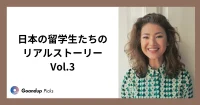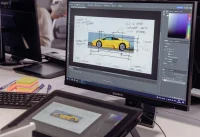【 with examples 】 What is the difference between onyomi and kunyomi in kanji? How to tell them apart and the rules of reading.

For foreigners who have just started learning Japanese, understanding the readings and meanings of kanji may not be easy. This is because kanji have both onyomi and kunyomi, and the same kanji can be read differently depending on how it is used.
For example, the kanji "日" can be read using onyomi in words like "日曜日 (nichiyoubi)" meaning "Sunday," and using kunyomi in words like "月日 (tsukihi)" meaning "date." In this way, even a single kanji can have different readings depending on the context, which is a characteristic of Japanese kanji.
However, if you learn the differences between onyomi and kunyomi and the rules for reading kanji, it should become easier to understand even when studying alone. Understanding the origins and history of kanji can also lead to a deeper understanding of the Japanese language.
In this article, we will explain the differences between onyomi and kunyomi and how to use them in an easy-to-understand way. We will also touch on special readings such as juubako-yomi and yutou-yomi, so please refer to them. We will explain carefully using simple compound words and example sentences, so Japanese language learners will surely deepen their understanding.
▼Goandup Picks Click here for recommended articles!
- Required before studying abroad! Goandup Nihongo+, an online Japanese language learning service
- This page introduces services for foreigners who wish to study in Japan or improve their Japanese language skills to learn Japanese online.
- Goandup Salon" community for foreigners living in Japan
- We introduce an online community where foreigners living in Japan can exchange information and interact with each other to support their life in Japan.
- Goandup Study" supports foreigners who want to study in Japan.
- This section introduces study abroad support services that provide comprehensive support to foreigners who wish to study in Japan, from preparation for study abroad to living in Japan.
- Where can I buy a prepaid SIM in Japan? Recommended SIM cards for foreigners are also introduced.
- How to purchase a prepaid SIM and suitable SIM cards for foreigners.
- The Complete Guide to Pocket Wi-Fi in Japan for Foreigners!
- We introduce how to select and recommend pocket Wi-Fi products that can be used conveniently in Japan.
- The Complete Guide to Finding a Job in Japan! Finding a job, changing jobs, and part-time work for foreigners
- This site provides foreigners who want to work in Japan with comprehensive information on how to find a job, recommended job sites, and other information necessary to find a job.
What is the difference between onyomi and kunyomi?
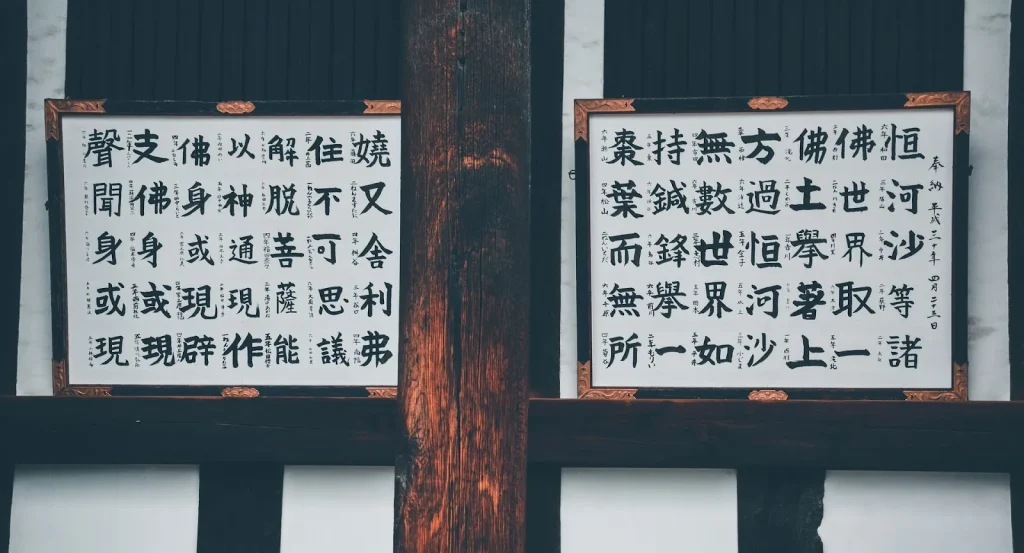
Japanese kanji have two types of readings: onyomi and kunyomi. These two reading styles are deeply related to the historical background of kanji being introduced to Japan from China. First, let's take a closer look at the differences between onyomi and kunyomi.
What is onyomi?
Onyomi is a method of reading kanji by replacing the Chinese pronunciation of the kanji, when it was introduced to Japan from China, with Japanese sounds. In other words, reading the ancient Chinese pronunciation in a Japanese style is called onyomi. Onyomi often has the characteristic that the meaning cannot be understood just by hearing the pronunciation.
If the kana consists of two characters (two beats), the second character becomes "i, u, ki, ku, chi, tsu, n." Kanji that include contracted sounds "ya, yu, yo," voiced sounds, or start with the "ra" line are also onyomi. For example, "学校 (gakkou, school)" and "京都 (kyouto, Kyoto)" fall into this category.
It is also good to remember that readings without okurigana are onyomi. For example, "勉強 (benkyou, study)" and "電話 (denwa, telephone)" are known to be onyomi because there is no okurigana.
What is kunyomi?
On the other hand, kunyomi is a method of reading kanji by using Japanese words that represent the meaning of the kanji. In other words, reading the meaning of the kanji with Japanese pronunciation is called kunyomi. Kunyomi refers to a way of reading where the meaning can be understood as Japanese just by hearing the pronunciation.
If the kana consists of two characters (two beats) and the second character is other than "i, u, ki, ku, chi, tsu, n," it is kunyomi. For example, "飲む (nomu, drink)" and "赤い (akai, red)" fall into this category. Additionally, readings that require okurigana and readings with three or more kana characters (three beats) are also kunyomi. For example, "食べる (taberu, eat)" and "美しい (utsukushii, beautiful)" are known to be kunyomi because they have okurigana.
What is the difference between onyomi and kunyomi?
The differences between onyomi and kunyomi can be simply summarized as follows.
1. Onyomi does not convey meaning by itself, while kunyomi does
For example, the onyomi of the kanji "山" is "さん (san)," but this alone does not convey the meaning of "mountain." On the other hand, the kunyomi is "やま (yama)," and if you hear this, you can understand the meaning of "mountain."
2. Onyomi does not have okurigana, while kunyomi does
For example, in the word "遠い (tooi, far)," the reading of "遠" is not "えん (en)" (onyomi) but "とお (too)" (kunyomi). This is because there is an okurigana "い (i)" in "とおい (tooi)."
Also, as an exception, there are kanji that do not have kunyomi. For example, kanji such as "肉 (niku, meat)," "駅 (eki, station)," "服 (fuku, clothes)," "材 (zai, material)," "点 (ten, point)," "茶 (cha, tea)," and "胃 (i, stomach)" only have one way of reading, which is onyomi, so caution is necessary.
In this way, there are clear differences between onyomi and kunyomi. Understanding these differences can be said to be the first step in correctly reading Japanese kanji.
What are "jyuubako-yomi" and "yutou-yomi"?
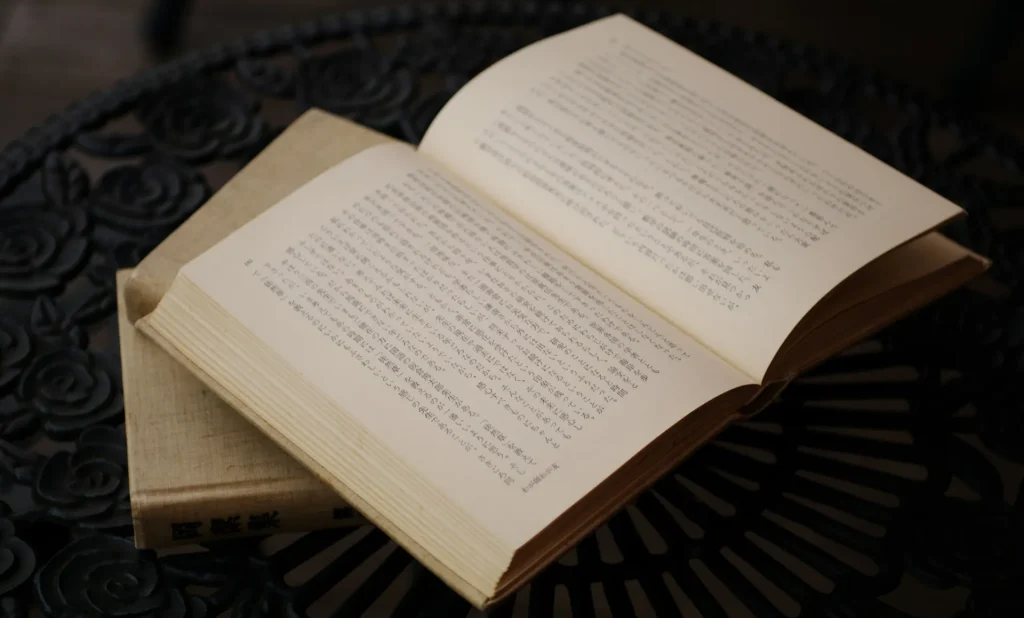
There are special readings that combine onyomi and kunyomi, called "jyuubako-yomi" and "yutou-yomi". These readings can be seen in words that are commonly used in daily conversation.
1. Example of jyuubako-yomi: 重箱 "juubako"
Jyuubako-yomi is a method of reading that combines onyomi and kunyomi, where the onyomi comes first, followed by the kunyomi. The traditional Japanese bento box, "重箱 (juubako)," is a prime example of this.
The reading of "重箱" is "じゅうばこ," where "じゅう (juu)" is the onyomi of "重 (juu, heavy)," and "ばこ (bako)" is the kunyomi of "箱 (hako, box)" (a voiced version of "はこ"). This is the characteristic of jyuubako-yomi, where onyomi and kunyomi are combined in order.
Other examples of jyuubako-yomi include "雑煮 (zouni, vegetable soup with rice cakes)" and "親子丼 (oyakodon, chicken and egg bowl)."
2. Example of yutou-yomi: 朝晩 "asaban"
On the other hand, yutou-yomi is the opposite of jyuubako-yomi, where the kunyomi comes first, followed by the onyomi. The word "朝晩 (asaban, morning and evening)" is one of the representative examples.
The reading of "朝晩" is "あさばん," where "あさ (asa)" is the kunyomi of "朝 (asa, morning)," and "ばん (ban)" is the onyomi of "晩 (ban, evening)." This is the characteristic of yutou-yomi, where kunyomi and onyomi are combined in reverse order.
Other examples of yutou-yomi include "味噌汁 (misoshiru, miso soup)" and "出入り口 (deiriguchi, entrance and exit)."
Both jyuubako-yomi and yutou-yomi may seem irregular at first glance. However, the words that use these readings are often heard in daily conversation. Knowing about these special readings can broaden your understanding of Japanese expressions.
【 Explained with example sentences 】 Reading rules for onyomi and kunyomi
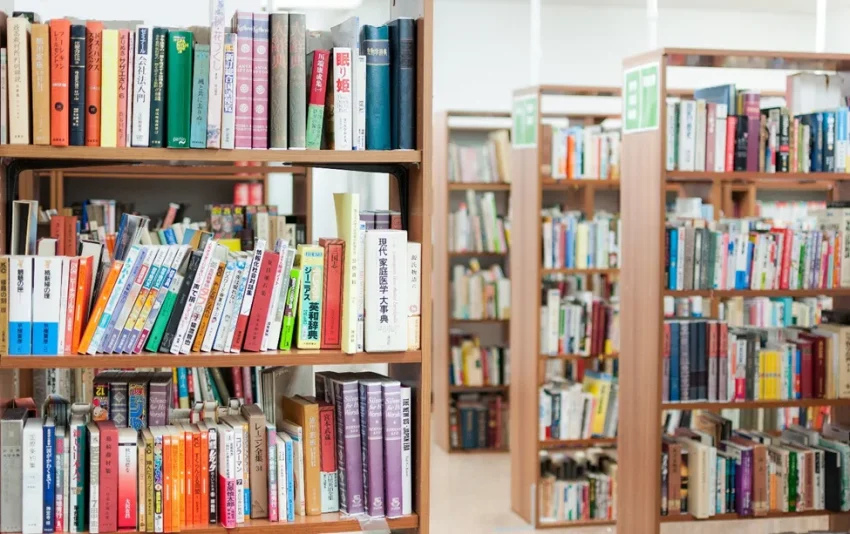
Here, we will explain in detail the rules for reading onyomi and kunyomi using easy-to-understand example sentences. For foreigners learning Japanese, it is important to understand the rules of reading through such example sentences.
1. Example sentences using 車 (car)
A: I ride a "車 (kuruma, car)" → "くるま"
B: I ride a "自動車 (jidousha, automobile)" → "じどうしゃ"
In example sentence A, when the kanji "車" is used alone, the kunyomi "kuruma" is used. This is because the reading "kuruma" alone conveys the meaning.
On the other hand, in example sentence B, in the case of the compound word "自動車," the onyomi "jidou" of "自動" and the onyomi "sha" of "車" are combined to read "jidousha." For compound words, the basic rule is to combine the onyomi of each kanji.
2. Example sentences using 正 (correct)
A: I want to know the "正しい (tadashii, correct)" answer → "ただしい"
B: I want to know the "正解 (seikai, correct answer)" → "せいかい"
In example sentence A, in the case of the adjective "正しい," the kunyomi "tada" of "正" is used, and the okurigana "shii" is attached to read "tadashii." Adjectives and verbs are characterized by the use of okurigana.
In example sentence B, in the case of the noun "正解," the onyomi "sei" of "正" and the onyomi "kai" of "解" are combined to read "seikai." It is a general rule that compound nouns are read using onyomi.
3. Example sentences using 野 (field)
A: Playing in the "野原 (nohara, field)" → "のはら"
B: Watching "野鳥 (yachou, wild birds)" → "やちょう"
In example sentence A, "野原" is a word that combines the kunyomi "no" of "野" and the kunyomi "hara" of "原". When each kanji has a kunyomi, using that combination is the natural way to read it.
On the other hand, in example sentence B, "野鳥" is a word that combines the onyomi "ya" of "野" and the onyomi "chou" of "鳥". In this case, the general rule is to use the onyomi of each kanji.
4. Example sentences using 残 (remain)
A: Checking the "残高 (zandaka, balance)" on a passbook → "ざんだか"
B: Checking the "残り (nokori, remaining)" amount on a passbook → "のこり"
In example sentence A, "残高" is a word that combines the onyomi "zan" of "残" and the kunyomi "daka" of "高" (a voiced version of "taka"), which is an example of jyuubako-yomi. In this way, special readings are created by combining onyomi and kunyomi.
In example sentence B, "残り" is a word that attaches the okurigana "ri" to the kunyomi "noko" of "残". When used as a verb or adjective, the basic rule is to attach okurigana.
5. Example sentence using 駅 (station)
A: I go to the "駅 (eki, station)" → "えき"
The kanji "駅" is an "onyomi-only" kanji that does not have a kunyomi. Therefore, whether used alone or as part of a compound word, it is always read as "eki".
6. Example sentences using 悪 (bad)
A: "悪い (warui, bad)" → "わるい"
B: "悪 (aku, evil)" → "あく"
In example A, "悪い" is an adjective, so the kunyomi "waru" of "悪" is used, and the okurigana "i" is attached to read "warui".
On the other hand, in example B, "悪" is used alone as a noun, so the onyomi "aku" is used. It's important to remember that single-character nouns are often read using onyomi.
7. Example sentences using 日 (day)
A: Enjoying "日曜日 (nichiyoubi, Sunday)" → "にちようび"
B: Counting "月日 (tsukihi, months and days)" → "つきひ"
In example A, "日曜日" is a word that combines the onyomi "nichi" of "日", the onyomi "you" of "曜", and the kunyomi "bi" of "日". In this way, onyomi and kunyomi can coexist.
In example B, "月日" is a word that combines the kunyomi "tsuki" of "月" and the kunyomi "hi" of "日". In this case, since each kanji has a kunyomi, using that combination is the natural way to read it.
As can be seen from the above examples, there are certain rules for distinguishing between onyomi and kunyomi. However, there are also many exceptions, so it's important to learn the readings one by one while being exposed to actual words.
Tips on how to distinguish and use the onyomi and kunyomi readings
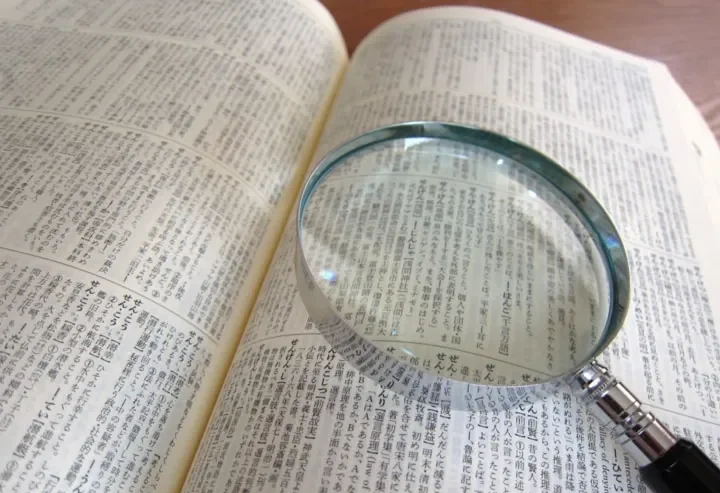
Up to this point, we have explained the differences between onyomi and kunyomi and the rules for reading them using example sentences. However, when actually reading kanji, you may often be confused as to whether it is onyomi or kunyomi.
So, let's explain in detail some tips for distinguishing and using onyomi and kunyomi.
1. How to distinguish onyomi
Tip 1: Just hearing the pronunciation does not mean what you think it means.
Onyomi are borrowed from Chinese pronunciations of kanji, so the pronunciation alone may not easily convey the meaning in Japanese. For example, the onyomi "ai" of "愛" or the onyomi "shun" of "春" are difficult to convey meaning by themselves.
Tip 2: When written in kana, it is 3 characters or less
Onyomi are often represented by one or two kana characters per kanji. For example, "学校" is "gakkou" and "電話" is "denwa", where one kanji is represented by at most two kana characters.
Tip 3: Includes contracted sounds "ya, yu, yo", voiced sounds, or starts with "ra" line
Onyomi often include contracted sounds (ya, yu, yo). For example, "京都" is "kyouto" and "料理" is "ryouri". Also, readings that start with voiced sounds (ga gi gu ge go za ji zu ze zo da ji zu de do) or "ra" line (ra ri ru re ro) are often onyomi.
Tip 4: When in two kana characters, the second character is "i, u, ki, ku, chi, tsu, n"
When representing the onyomi of a kanji in two kana characters, the second character is often one of "i, u, ki, ku, chi, tsu, n". For example, "会社" is "kaisha" and "銀行" is "ginkou".
2. how to distinguish kunyomi
Tip 1: The meaning is conveyed just by hearing the pronunciation
Kunyomi are Japanese words that read the meaning of the kanji, so you can understand the meaning by hearing the pronunciation. For example, the kunyomi "yama" of "山 (mountain)" or the kunyomi "kawa" of "川 (river)" convey meaning by themselves.
Tip 2: If written in kana with 4 or more characters, it is definitely kunyomi
Kunyomi of a single kanji rarely become four or more kana characters. Therefore, readings of four or more kana characters can be judged as almost certainly kunyomi. For example, "食べる (to eat)" is "taberu" and "美しい (beautiful)" is "utsukushii".
Tip 3: Okurigana is required
When it comes to kunyomi readings, okurigana is typically attached after the kanji. For example, in "高い (takai, high)", the okurigana is "い (i)" and in "伝える (tsutaeru, to convey)", it's "える (eru)". If okurigana is present, it's likely to be a kunyomi reading.
Tip 4: When in two kana characters, the second character is other than "i, u, ki, ku, chi, tsu, n"
When representing kunyomi in two kana characters, the second character is often a character other than "i, u, ki, ku, chi, tsu, n". For example, the kunyomi "ishi" of "石 (stone)" or the kunyomi "hana" of "花 (flower)".
However, these tips are just guidelines, and there are many exceptions. It is important to gradually acquire the distinction between onyomi and kunyomi through exposure to real Japanese. Let's become familiar with as many kanji as possible while utilizing dictionaries and reference books.
For those of you who want to further your studies at a Japanese language school

The Japanese language attracts attention from around the world for its rich expressiveness and profound culture. From movies, music, and literature to everyday conversation, learning Japanese is not only a way to acquire a new language, but also a gateway to a deeper cultural understanding and a broader perspective.
For those of you who want to study Japanese more seriously, enter higher education in Japan, or find a job in Japan, taking your Japanese language skills to the next level is the first step in turning your dreams into reality. There are approximately 700 Japanese language schools in Japan with various characteristics, but it is not easy to select the best school for you.
Therefore, we will do our best to help you choose the perfect Japanese language school to realize your goals and dreams! If you have any questions or concerns about Japanese language schools, please feel free to contact us using the inquiry form below.
We will provide you with the best support to meet your Japanese language learning goals. We hope that our support will make your Japanese language study more fulfilling and fruitful.
summary
In this article, we have detailed the differences and distinctions between onyomi and kunyomi readings of Japanese kanji.
Onyomi is the reading that fits the original Chinese pronunciation to Japanese sounds when kanji were introduced from China, while kunyomi is the reading that interprets the kanji's meaning in Japanese words. Knowing how to use these two readings is essential for correctly reading Japanese kanji.
There are certain tricks to distinguishing between onyomi and kunyomi. For example, onyomi is often shorter when written in kana and includes more diphthongs and voiced sounds, whereas kunyomi tends to be longer and often requires okurigana. However, these are merely guidelines, and there are many exceptions.
Therefore, it is important for learners of Japanese to familiarize themselves with these tips while being exposed to actual usage, gradually mastering the distinctions between onyomi and kunyomi.
Perseverance in studying the readings of kanji is crucial. Reading a lot of Japanese text and conversing with Japanese speakers will naturally enhance your understanding of kanji readings.
Utilizing Japanese dictionaries and textbooks is also effective. If you encounter an unfamiliar kanji, make it a habit to look up its onyomi and kunyomi in a dictionary. Further, developing an interest in the origins and formations of kanji can deepen your fundamental understanding and aid in mastering their readings.
Kanji readings are a significant challenge in learning Japanese, but it is essential to persevere. By engaging with each kanji and understanding the differences between onyomi and kunyomi, you can steadily build your knowledge.


